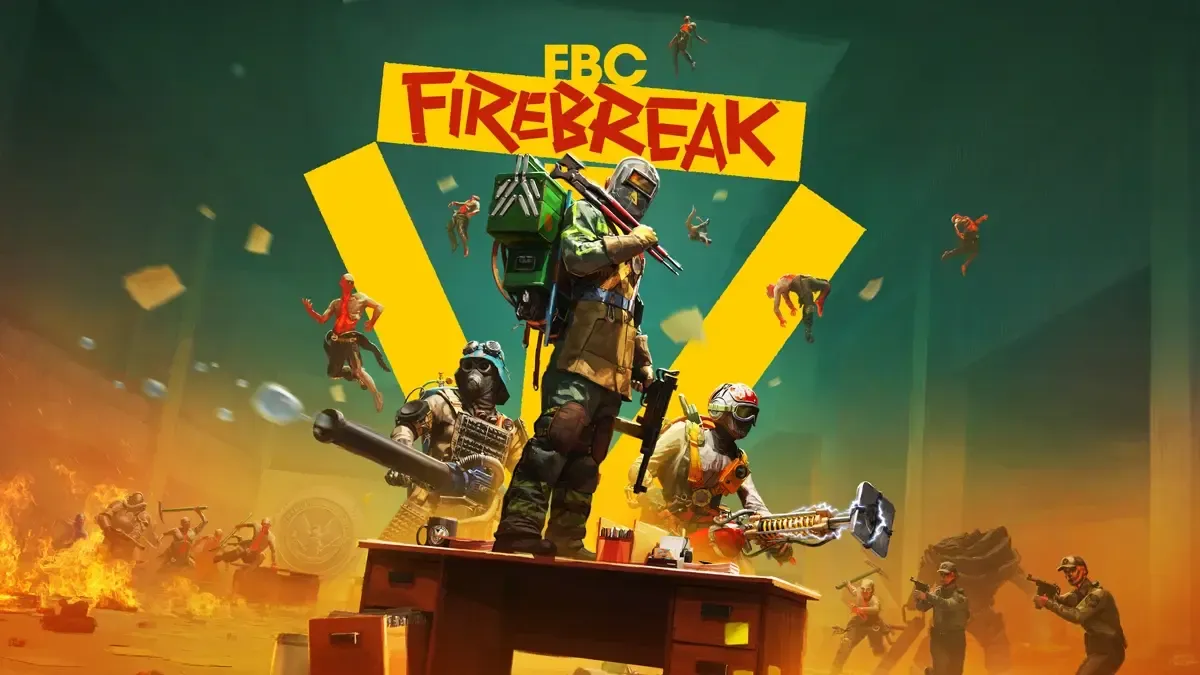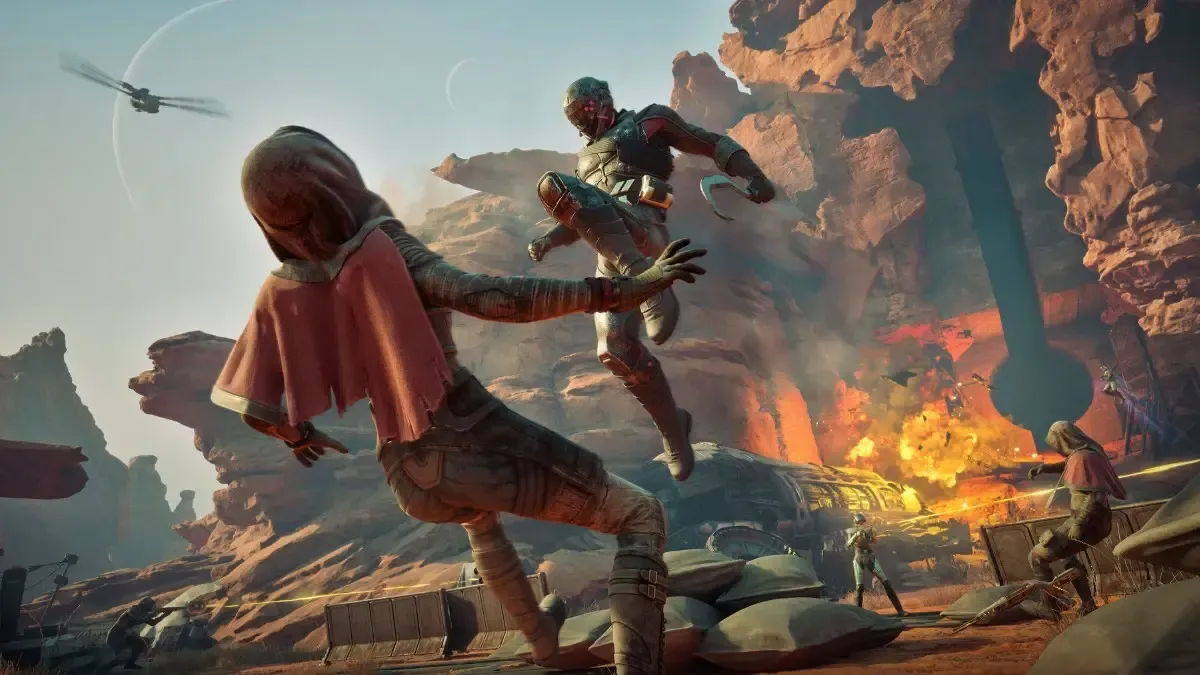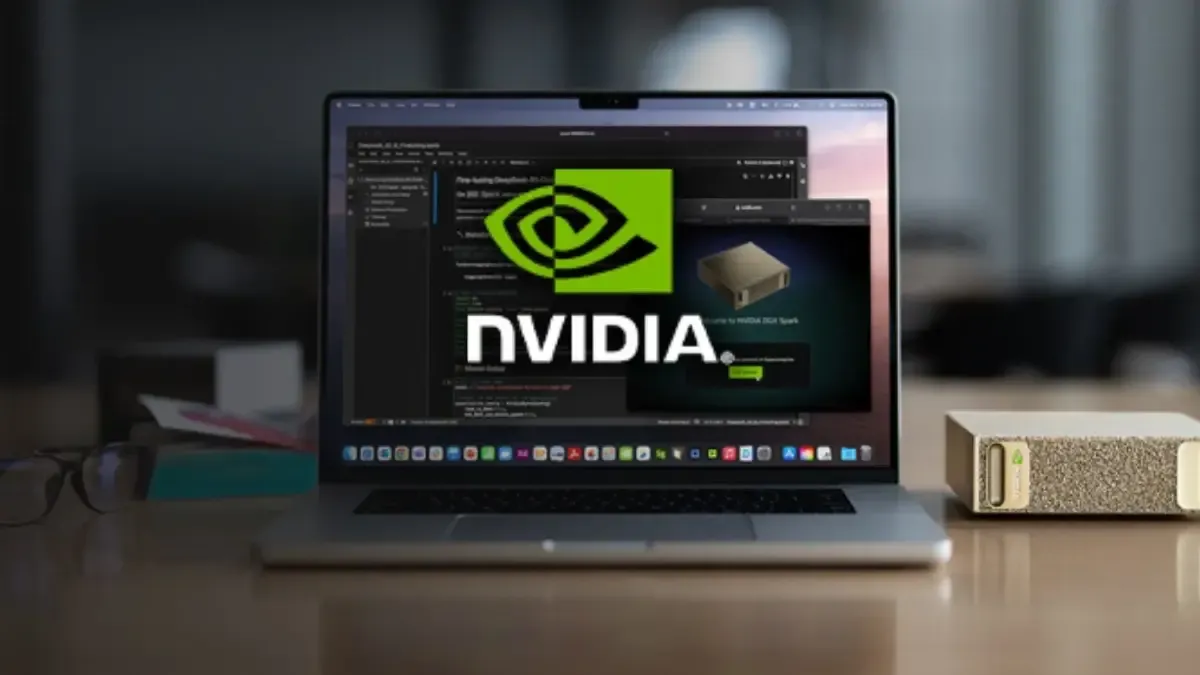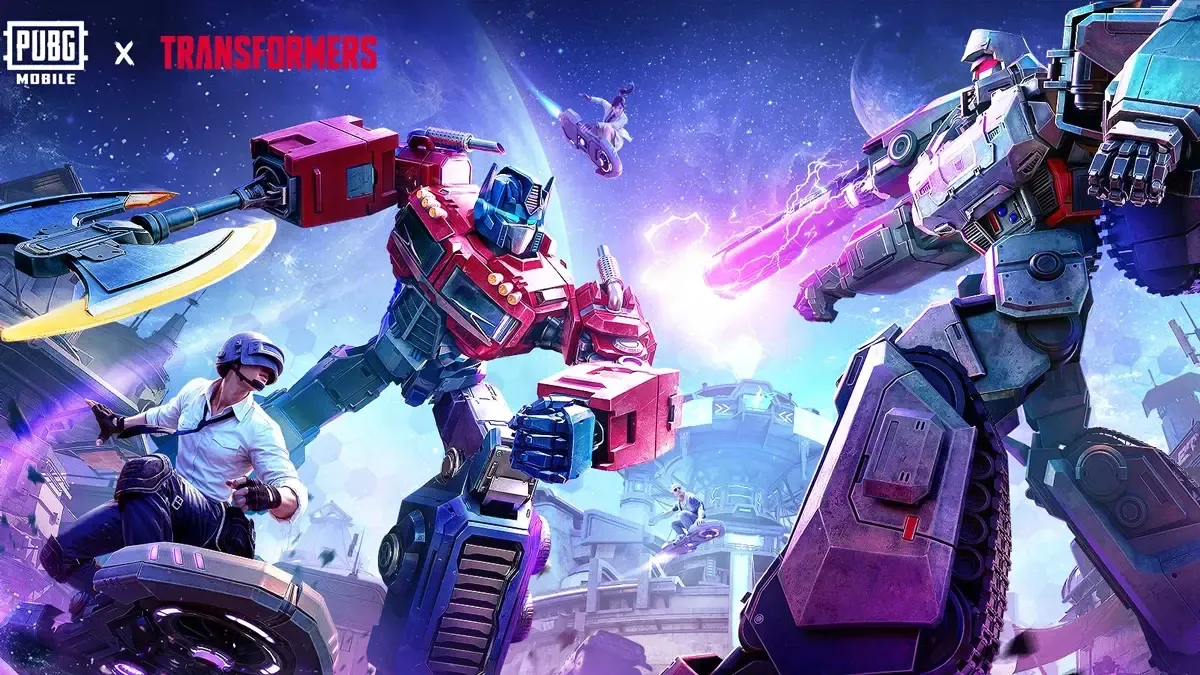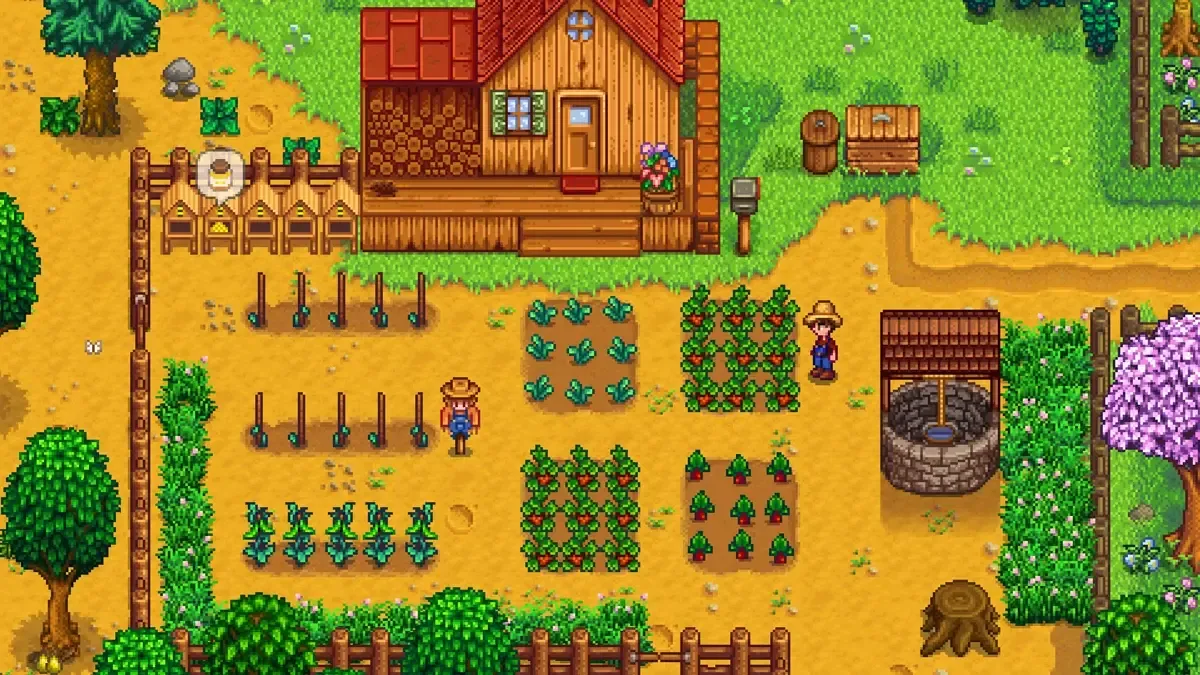FBC: Firebreak sees Remedy head into uncharted waters, but does it pay off?
Remedy Entertainment is best known for making atmospheric singleplayer video games with an emphasis on surreal storytelling and frantic action, as seen in its previous two releases, Alan Wake 2 and Control. Its newest game, however, sees the developer make a big swing in the opposite direction. FBC: Firebreak spins out of the world of Control, and tasks players with liberating the Oldest House from all manner of paranatural threats in three-player teams.
We’ve spent a fair bit of time in the world of FBC: Firebreak, and in that time, Remedy dropped a big new update to change up the game’s extremely flawed progression system. Even after proving that it has its ear held firmly to the ground, however, it’s clear that Remedy has its work cut out for itself in the months ahead.
FBC: Firebreak doesn’t have much to offer fans of Control, and lacks the robust multiplayer features that PvE multiplayer fans have come to expect from modern-day entries in the genre. As such, the game comes up short on multiple levels, making us wonder who it was made for in the first place.
How FBC: Firebreak works
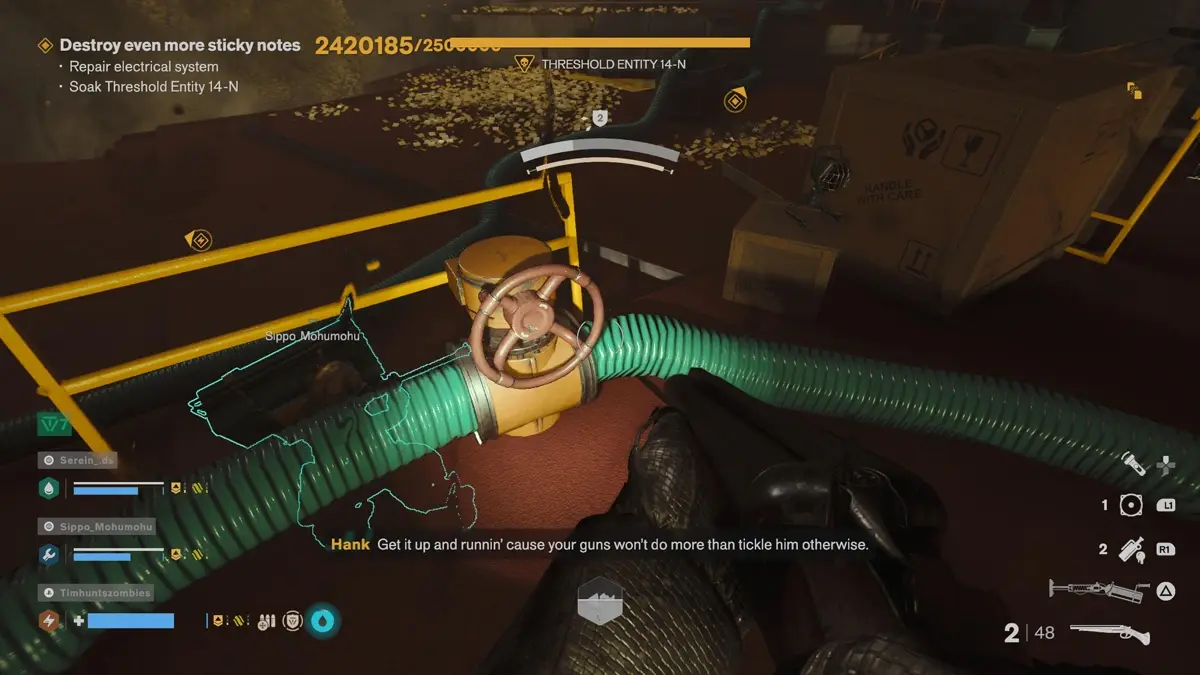
FBC: Firebreak is Remedy’s first foray into the multiplayer genre, set in the world of Control. Sometime after Jesse Faden's adventures, the Oldest House has once again come under attack from various Hiss-related forces. The Federal Bureau of Control (FBC) has sent in a containment team called Firebreak to contain dangerous events cropping up in various corners of the building, which come in the form of the game’s six unique missions.
Fans of Control will notice no small amount of reused ideas and environments here. Many of FBC: Firebreak’s levels are lifted straight from Control, only expanded upon and altered to accommodate its new style of gameplay. Its hazards, like sticky notes that block your vision, and pink goo that slow your movement, are also directly inspired by elements from the game. We never saw what these sticky notes were truly capable of in Control, but here is a chance for Remedy to show us why they were meant to be contained in the first place. In hindsight, Jesse was lucky they turned out to be so docile in the original game.
Each of the game’s missions, referred to as Jobs, are cut up into three Clearance Levels. Completing a Job at Clearance Level 1 might take the player no more than five minutes for quick rewards, but going all the way through a Job at Clearance Level 3 will net them far more rewards… for a higher level of danger.
For example, completing Hot Fix at Clearance Level 1 simply has the player repair a bunch of fans within a contained area. Going up to Clearance Level 3 means that the player eventually has to deal with the Oldest House’s sentient Furnace, which is eager to burn all players alive if they don’t duck for cover. With Clearance Level 1 offering such a penny plain version of the Job at hand, it’s clear that Clearance Level 3 is where the fun is.
It might look like Control, but it isn't Control
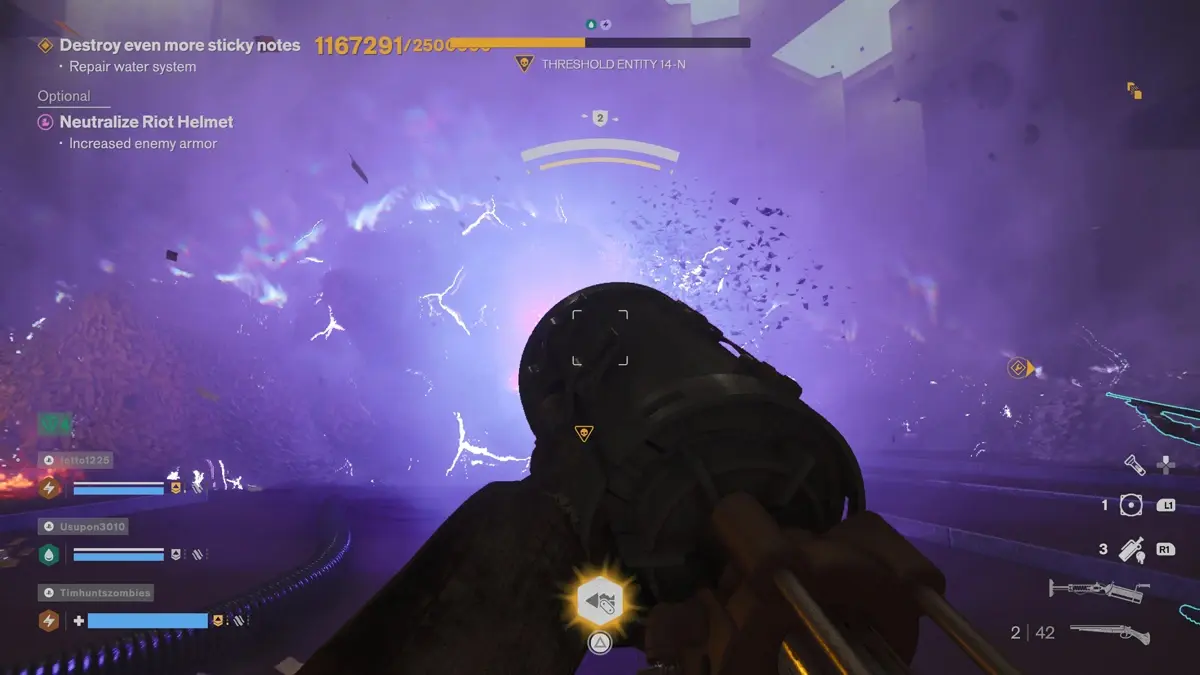
Oftentimes, ending a Job at Clearance Level 1 can feel like an unsatisfying experience, like stopping a TV binge just short of its finale. With key resources and an investment of time on the line (the player loses almost everything upon failure), tension gets ratcheted up as players move from one zone into another, culminating in an intense final showdown at the end of each Job. Nowhere is this better encapsulated than in Paper Chase, which begins with players destroying small piles of sticky notes, and ends with them taking on a massive boss made up of sticky notes named Sticky Ricky.
These are the moments in which FBC: Firebreak truly shines with potential. It takes some time for its generic zombie shooter gameplay loop to be chipped away by the late game’s Control-esque weirdness, with objectives that task the player with wiping out masses of pink ooze, throwing buckets of coolant into a furnace, and fuelling up a rocket. Eventually, players also get access to paranatural ultimate abilities, powerful enough to wipe out the game’s strongest enemies in seconds.
However, it takes way too long for the game to get to that level of fun. Until they unlock the right weapons, begin messing around with Corruptions, and invest resources in Perks, they’ll be stuck playing a mediocre copy of Left 4 Dead 2. Fixing fans isn’t fun, but ziplining canisters into a living Furnace is. Everything that is wrong with these Jobs, including their abysmal enemy variety, can be pinned down to the fact that the game is trying to be a less weird version of Control.
No tutorial, just vibes

FBC: Firebreak has an onboarding problem. The game begins with nary a cutscene to even explain what the player is doing in the Oldest House as members of the Firebreak team, which feels like an abrupt way to start any PvE experience. Things get even more weird while doing a Job for the first time, as very little is explained to players: they won’t know exactly what status effects do or how they’re inflicted, they won’t know what resources are for and how they’re found, and they won’t know how to unlock Shelters (spawn points) or where they are.
When you’re playing with friends, this isn’t too much of a problem. Over voice chat (which isn’t available in-game), you and your buddies will be able to point each other in the right direction, offer tips, and learn to wrestle a win out of each Job together. However, the game’s obtuseness becomes a much bigger problem when playing with randoms. There are no real social features available, like pinging, friends lists, or even voicelines, to properly communicate and matchmake with other players on your team.
The game simply isn’t able to support any level of coordination between players on a team, which means that for a lot of the time, Jobs will end in failure just because players don’t know how things work. One would imagine that, in a game with no in-game voice chat, communication wouldn’t be so important–but that simply isn’t the case here. Different character kits synergise in different ways, and objectives often require teamwork to complete. Hence, players are placed in the unfortunate position of having to read each other’s minds in order to complete a Job.
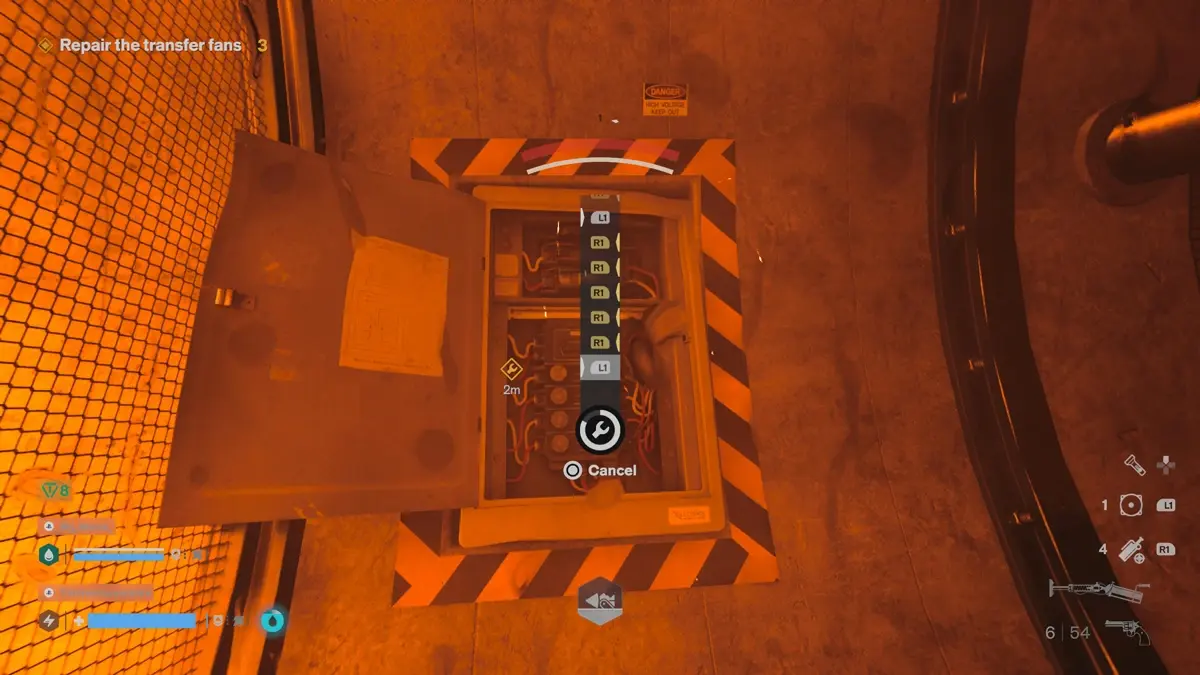
Granted, Remedy is well-aware of this issue by now, and recently released a patch to help outline key upgrade resources for players to pick up. Personally, finding resources are the least of my concerns, as they’ll be lost anyway if a Job ends in failure. The game’s audio and visual feedback for weapons and enemies alike are weak, making status effects extremely murky for players to grasp as a concept, let alone understand how they were afflicted by one. The Jump Kit’s secondary boost ability can get rid of status afflictions, for example. The Splash Kit can turn sticky notes wet before the Jump Kit fries them. The Fix Kit is an absolute must for the Frequency Shift Job, due to just how many repairs are needed.
Is any of this explained to the player in-game? No. Until an onboarding experience is actually implemented in-game or more detailed tutorial screens are included, the game will continue to actively make things difficult for newcomers to play with randoms. They either have to be hard-carried or left on their own to wander through these levels, lost and confused.
Verdict
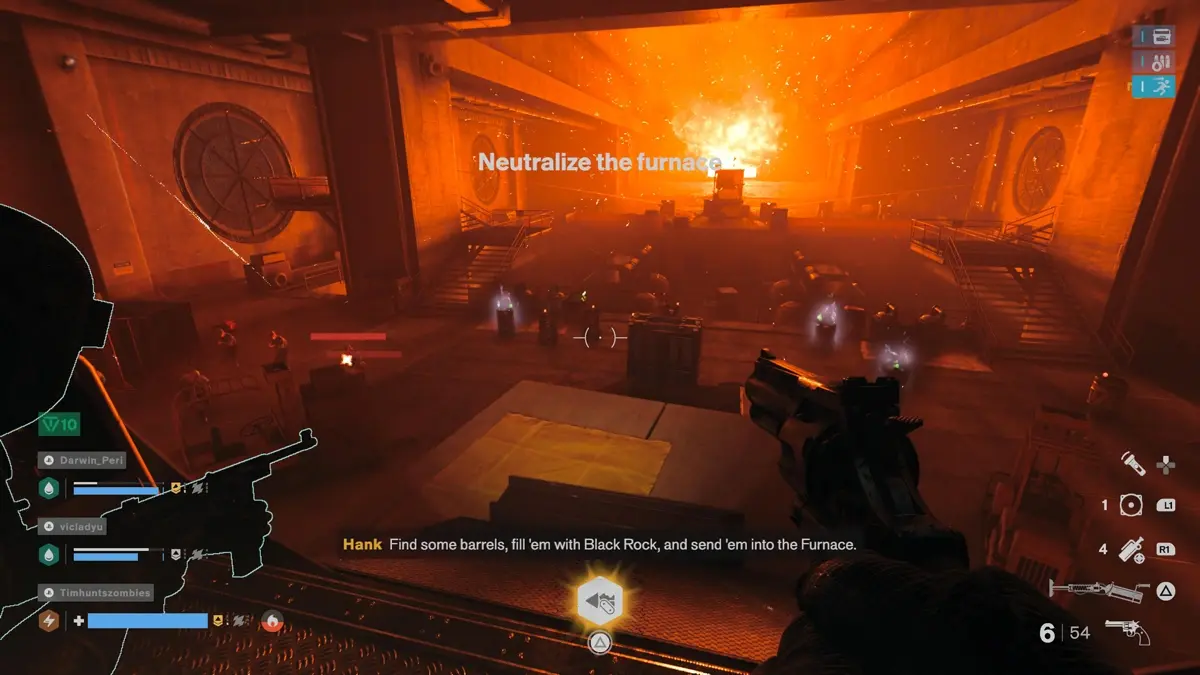
FBC: Firebreak has proven to be an almost fun, but mostly frustrating experience in the week since its launch. Although Remedy has patched in some much-needed fixes for the game’s initially grindy progression system, it still hasn’t added a proper onboarding experience to help players understand how the game works. That, on top of its general lack of social features, can make the game feel extremely frustrating when matchmaking with randoms online–if you can even find a match for the Job you want. It took me days to find a team to clear Frequency Shift for the first time, and the game only launched last week!
That being said, I can see the vision Remedy was going for here. Control’s universe is campy and surreal, so its paranatural objects and twisted environments making the perfect foundation for a chaotic multiplayer experience. The problem is that the developer pushed FBC: Firebreak too far away from its supernatural roots in the early game. By giving the player faulty guns and tasking them with the tedium of fixing fans, it begins to feel too generic a shooter to have spun out of a game like Control.
With time (and grind), however, FBC: Firebreak does eventually live up to its mantle. Making use of clever synergies between character kits, flying through a tense series of zones during a particularly difficult Job, and throwing down gnomes that cause sudden lightning storms–that’s when this game comes alive. Once Remedy begins implementing basic features like a pinging system and the ability to actually preview cosmetics in its battle pass, it might finally have a decent multiplayer experience on its hands.
FBC: Firebreak is now available on PC and consoles for US$39.99. We received a copy of the game for this review.

